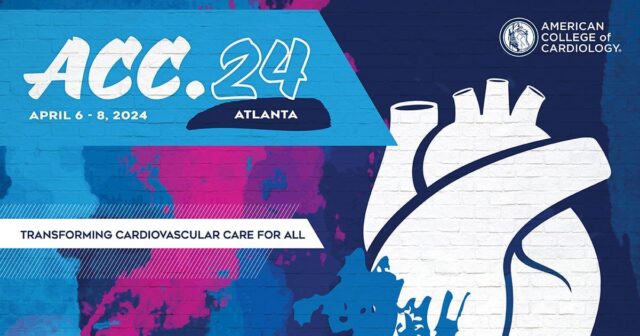Heart failure is characterized by increased left atrial filling pressure and venous congestion which intensify with exercise and volume burden, and makes conventional medical management hard. In this context, interatrial shunting might offer a self-regulating mechanism, as shown by the Ventura IAS study.

The aim of this study was to assess the safety and efficacy of the Ventura IAS device in patients with heart failure and reduced or preserved ejection fraction (HFrEF and HFpEF, respectively).
The study included patients with ischemic or non-ischemic cardiomyopathy and any ejection fraction with documented heart failure (HF) within the last 6 months (NYHA II-III or IV), despite optimal medical treatment (OMT), and a history of hospitalization for HF in the last 12 months, and/or elevated type B natriuretic peptide levels (BNP), walking 100 to 450 m at 6-minute walk test (6MWT).
It excluded patients with systolic blood pressure <90 or >160 mmHg, severe pulmonary hypertension (pulmonary artery systolic pressure [PASP] >70 mmHg or pulmonary vascular resistance [PVR] >4 Wood units) and right ventricular dysfunction with tricuspid annular plane systolic excursion (TAPSE) <12 mm. Patients with corrected interatrial communication and patent foramen ovale were also excluded, as well as those with severe valve disease.
Read also: TAVR in the Different Types of Aortic Stenosis.
Primary efficacy outcome was a hierarchical composite ranking of all-cause death, heart transplant, hospitalization for HF, outpatient HF worsening, and change in quality of life, according to Kansas City Cardiomyopathy Questionnaire [KCCQ]). Safety end points included device-related non-fatal major adverse cardiovascular events (MACNE), such as stroke, systemic embolism, need for open heart surgery or major endovascular complications within 30 days after procedure.
508 patients were randomized 1:1 to interatrial shunting (n=250) or placebo (n=258), stratified according to ejection fraction, with 22-month mean followup. Mean age was 74, 64.8% were men, 49.6% had diabetes, and the predominant etiology was non-ischemic (54.5%); most had preserved ejection fraction (59.6%) and the majority was in functional class III (95.6%).
As regards safety, there were no MACNE during the first 30 days after procedure (p<0.0001). As regards efficacy, there was no significant difference in the combined primary end point (interim analysis), with Win Ratio 0.86 (0.61-1.22; p=0.20). However, when looking at groups according to ejection fraction, HFrEF patients saw a significant reduction in events (RR 0.55; p<0.0001), while HFpEF patients saw an increase (RR 1.68; p=0.001).
Read also: Lithotripsy in the “Real World”: REPLICA EPIC-18 Study.
Authors’ conclusion: the transcatheter interauricular shunt Ventura resulted safe, but largely failed to show a significant reduction in symptoms or improved prognosis in patients with HF. Stratified outcomes suggest a potential benefit in patients with HFrEF and potential harm for HFpEF patients.

Dr. Omar Tupayachi.
Member of the Editorial Board of SOLACI.org.
Original Title: Shunt Interauricular en pacientes con HFrEF y HFpEF.
Reference: Presentado por Dr. Gregg Stone en ACC.24 Late-Breaking Clinical Trials, 6-8 de abril, Atlanta.
Subscribe to our weekly newsletter
Get the latest scientific articles on interventional cardiology





